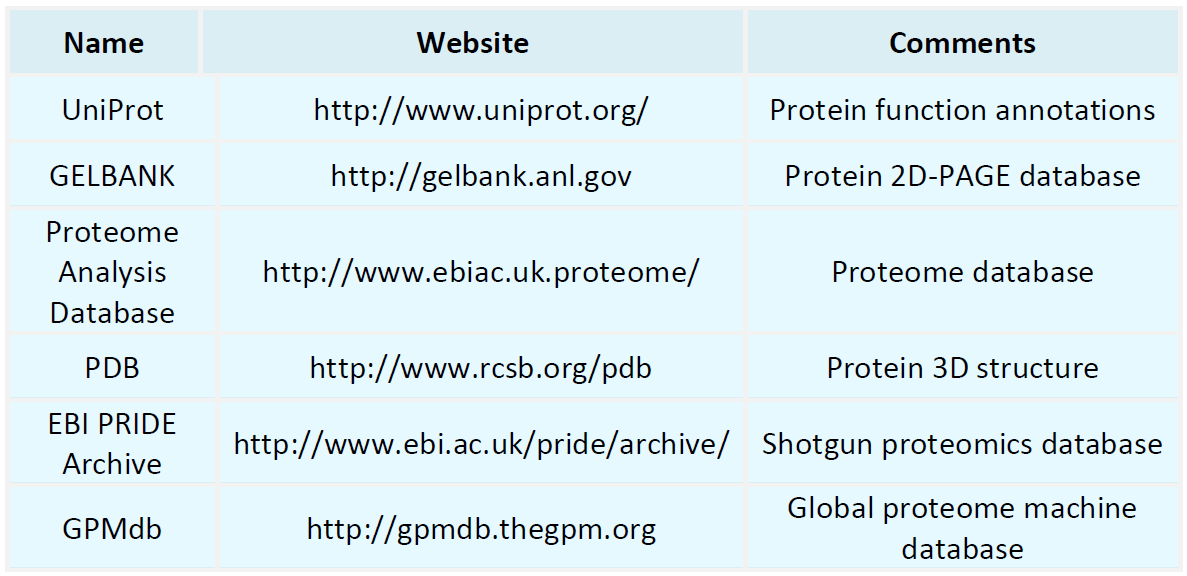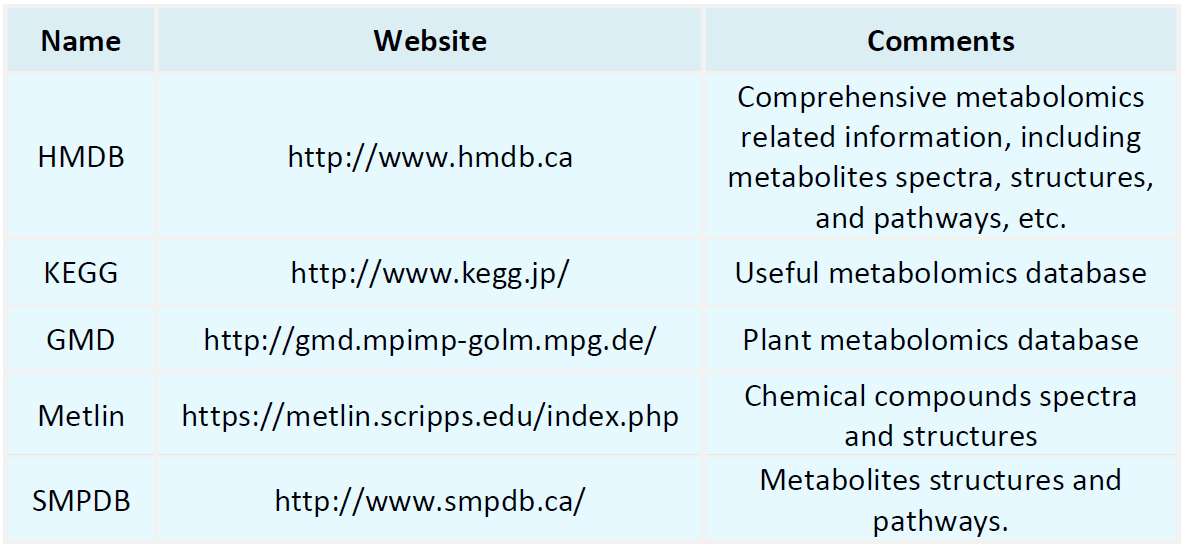Resources
Proteomics Databases

Metabolomics Databases

-
TMT-based proteomics is a cutting-edge high-throughput technique used for the quantitative analysis of proteins across multiple samples, utilizing Tandem Mass Tag (TMT) technology. This method employs isotopic tags to label protein samples, allowing researchers to quantify their relative abundance with precision in a single experiment via mass spectrometry. Compared to traditional methods of protein quantitation, TMT-based proteomics offers superior sensitivity, accuracy, and throughput, making it inv......
-
• In Silico Analysis of Protein Sequence
The in silico analysis of protein sequence is a crucial technique in bioinformatics, designed to uncover the structure, function, and biological roles of proteins. Proteins are fundamental to numerous biological functions, including metabolism, signal transduction, and immune response. Although traditional experimental techniques like X-ray crystallography, nuclear magnetic resonance (NMR), and mass spectrometry are invaluable for understanding protein structure and function, they are often time-consu......
-
• Tandem Mass Spectrometry for Protein Sequencing
Tandem mass spectrometry for protein sequencing integrates liquid chromatography and multi-stage mass spectrometry to facilitate a detailed analysis of complex protein mixtures through precise sample fragmentation. Proteins, as the primary agents of biological functions, necessitate comprehensive analysis due to their diverse and complex functional roles. Tandem mass spectrometry for protein sequencing enables rapid identification and quantification of proteins in complex biological samples. Researche......
-
• Therapeutic Target Identification
Therapeutic target identification is an essential component of contemporary drug development and precision medicine research. It focuses on systematically identifying molecular targets that are intimately associated with disease pathogenesis and progression. These targets typically include specific proteins, genes, or other biomolecules that are pivotal in pathological processes. The primary aim of therapeutic target identification is to pinpoint these critical molecules and validate their potential t......
-
• Protein Sequence Conservation Analysis
Protein sequence conservation analysis is a bioinformatics approach used to investigate the evolutionary preservation of specific sequences within proteins. This analysis is instrumental in identifying crucial structural and functional characteristics of proteins, as conserved sequences are typically linked to essential biological functions and structural domains. The extent of sequence conservation often reflects the functional significance of a protein across different species and the evolutionary p......
-
• Pull-Down Assay for Protein-Protein Interaction
A pull-down assay for protein-protein interaction is a powerful tool used to investigate interactions between proteins. This technique is mainly employed to study direct interactions between proteins, as well as interactions between proteins and other biomolecules such as DNA, RNA, and lipids. Studying these interactions provides insights into molecular mechanisms underlying critical cellular processes like signal transduction, metabolic regulation, and gene expression control. The pull-down assay for......
-
• Protein Quantitation Using Mass Spectrometry
Protein quantitation using mass spectrometry represents a pivotal tool in modern proteomics. By leveraging mass spectrometers, this technique enables precise detection and quantification of proteins in biological samples, thus providing scientists with crucial insights into protein expression, interactions, and functional states. As the functional molecules within organisms, proteins undergo dynamic changes in quantity and function, playing vital roles in biological processes. The major advantage of t......
-
• Protein Secondary Structure Analysis in Drug Development
Protein secondary structure analysis techniques are pivotal for revealing the local structural characteristics within protein molecules. These secondary structures-comprising α-helices, β-sheets, and random coils-are stabilized by hydrogen bonds and form the foundation for the protein's tertiary structure and function. They directly influence the protein's activity, stability, and interactions within biological systems. By employing protein secondary structure analysis, researchers can unravel the fun......
-
• Protein Identification by MALDI-TOF Mass Spectrometry
Protein identification by MALDI-TOF mass spectrometry is an efficient technology for protein identification, widely utilized in proteomics research. This technique combines MALDI and TOF mass spectrometry to achieve soft ionization of protein molecules, facilitated by matrix molecules that absorb laser energy and transfer it to the proteins, generating charged ions. These ions, accelerated through an electric field into a flight tube, have different flight times based on their mass-to-charge ratios (m......
-
• Protein Glycosylation Analysis
Protein glycosylation analysis techniques are essential for investigating the glycosylation modifications on proteins. By examining the glycosylation states and glycan structures on protein molecules, researchers can gain insights into how this vital post-translational modification influences biological functions. Glycosylation is one of the most prevalent and intricate post-translational modifications and plays a role in numerous biological processes, such as cell-cell communication, protein folding,......
How to order?







